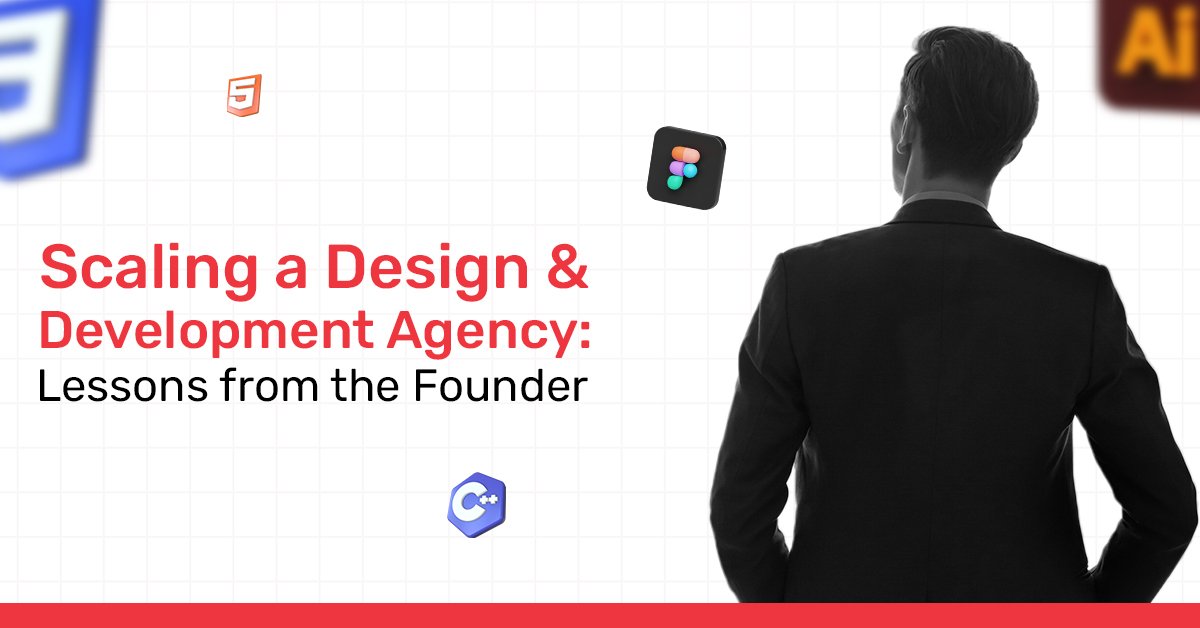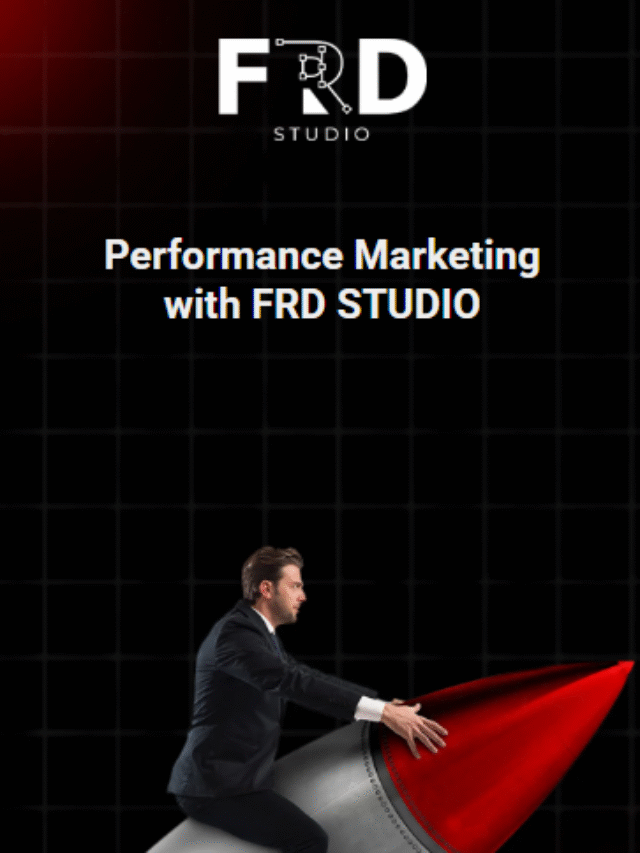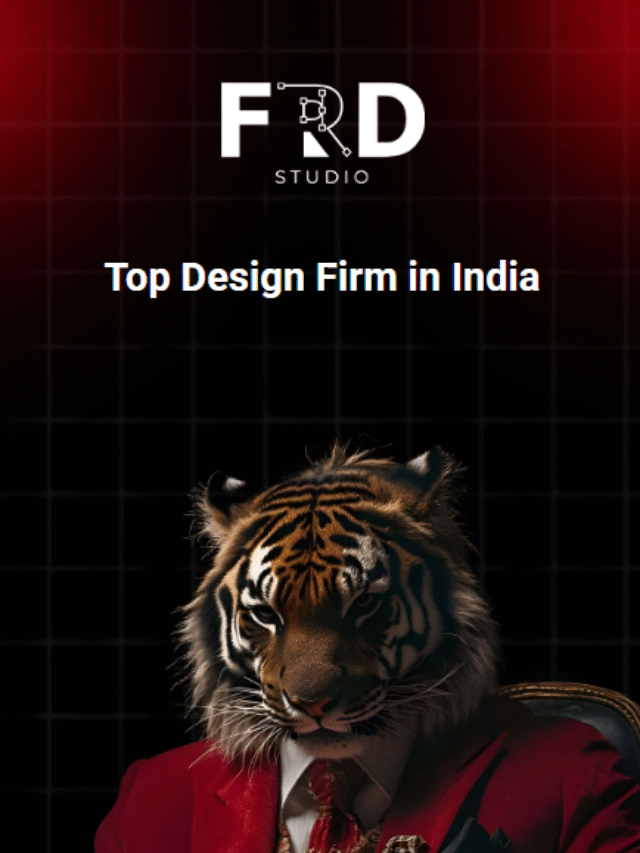It is an amazing yet adventurous journey to establish a design and development agency. As the founder and leader of the FRD Studio, I know it is very tough to maintain a design agency and work effectively to manage its growth.
It is very important to think about ways of increasing the company’s revenues and always staying useful. From my experience, I will share some important lessons on how to manage the growth of the design and development agency.
1. Strategic Planning is Key
Growing an agency without a blueprint is absolute nonsense. You require a definite vision, a checklist that plans your aim, the market area you wish to compete in, and the vision of how you wish your business to be classified in the market economy of the projected country.
When starting my own practice, FRD Studio, defining how we wanted to be seen as an agency meant being seen as an innovation partner that sat at that design & technology interface. This guided every decision, from marketing efforts to the type of projects we worked on in the organization.
2. Prioritize Client Acquisition and Retention
Getting clients is important for growth, and maintaining clients ensures growth continues. At the initial stage, I concentrated much on the process of growing my client base. But I quickly realized that there is much more value in a long-term strategic partnership than in occasional projects.
These targets were achieved and allowed us to build the necessary trust, exceed expectations, and maintain strong relations, due to which the constant referrals will contribute to the further efficient growth of FRD Studio.
3. Build and Empower a Strong Team
It does not matter how brilliant your techniques or how efficient your systems are. No agency can grow without great and capable people. In my first year of operation, I wanted to do everything myself, but soon I realized that it is impossible to have continuous growth and adapt to the rapidly changing market without a team with loads of skill sets.
At FRD Studio, we worked hard to employ people who could work on both design and development since that created a flexible structure that allowed for creativity. By inspiring the team, we could arrange more complicated projects as well as increase the number of clients.
4. Optimize Processes for Scalability
At this stage, the weaknesses of processes reduce the growth possibilities. At FRD Studio, we worked to apply an innovative approach to project management. This made it possible for us to divide our projects. It made our work more efficient as well as enabling fast responses to clients’ requirements. Purchasing collaboration tools and automation were also major in improving our efficiency, which allowed the team to work on value-creating tasks.
5. Nurture Innovation and Creativity
As your agency grows in size, it becomes necessary for the culture to be creative in innovation. It has been noted that there can be several issues that big agencies face in their work. At FRD Studio, we have a daily set time for brainstorming and proving innovation since the team gets to test the new technologies and designs. This freedom has helped us to compensate for any loss of experience or prior knowledge through research and being able to offer our clients more advanced solutions in the relevant fields.
6. Manage Finances Wisely
Regarding financial management, young organizations frequently fail to understand its importance during the scaling process, but it is very important. Scaling up any agency means higher overhead, recruiting more talent, better equipment, and establishing new facilities. When working on FRD Studio, we were constantly monitoring and controlling the costs and cash flows using financial measurement tools to be profitable.
7. Overcome Founder Challenges
This can be a challenge for any founder—the shift from managing the design of the business to the business itself. When FRD Studio was first established, I was actively engaged with all the projects. But as the firm developed, it became necessary to decentralize the decision-making and let my subordinates make creative choices. Possibly one of the most difficult lessons that had to be learned when growing the agency was how to transition from being the creator to the leader.
8. Adapt to Technology Trends
The design and development industry is dynamic to the extent that it is hard to determine its future advancements. Being up-to-date with the most recent technology and software systems is an important way of not becoming outdated and growing the agency. Whether it is automation, AI, or new development frameworks, the ability to follow advancements has enabled FRD Studio to create solutions. Every year, we make sure that we learn and research more technologies to ensure that our service delivery is exceptional.
9. Focus on Sustainable Growth
Growth is important when growing an agency to expand its operations without overwhelming its employees. We care about work-life balance, personal and professional growth, and effective communication. It is common practice to regulate the number of projects taken to a certain level to ensure that we do not overload our team yet we complete quality services. Profit is not synonymous with sustainability. It means developing a company that can continue to progress and work successfully in the distant future.
Conclusion
Design and development agencies need some strategies, a good team, efficient procedures, and some level of flexibility in order to grow.
From my experience at FRD Studio, this is not about increasing the number of clients we are serving but doing so in a way that would create a healthy, modern, creative ad agency that can serve a high number of clients efficiently at its best.
The idea is not a race to scale for agency founders but rather a long game. Always keep the client at the center of operations, allow your employees to push boundaries and unleash creativity, and never forget your big picture.












